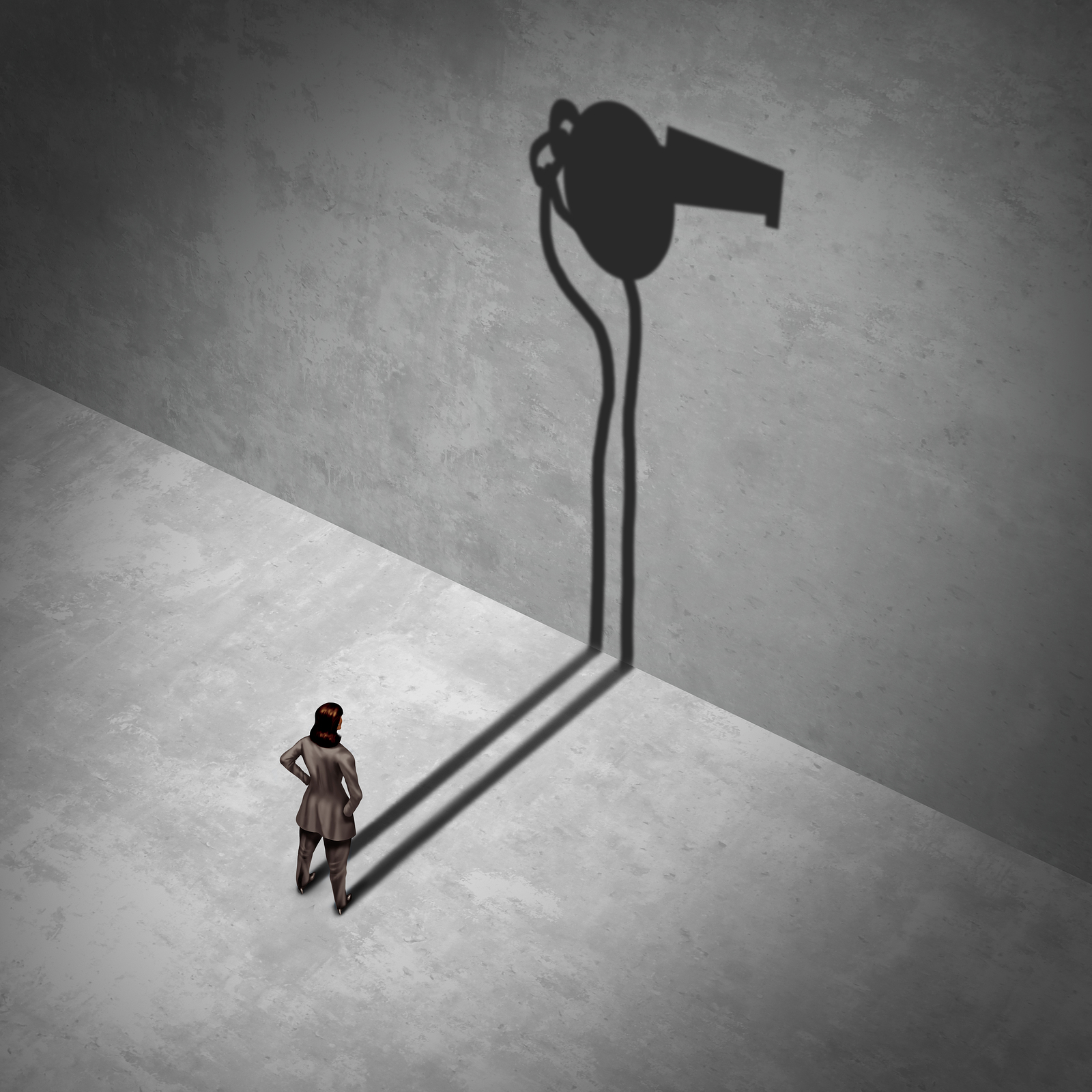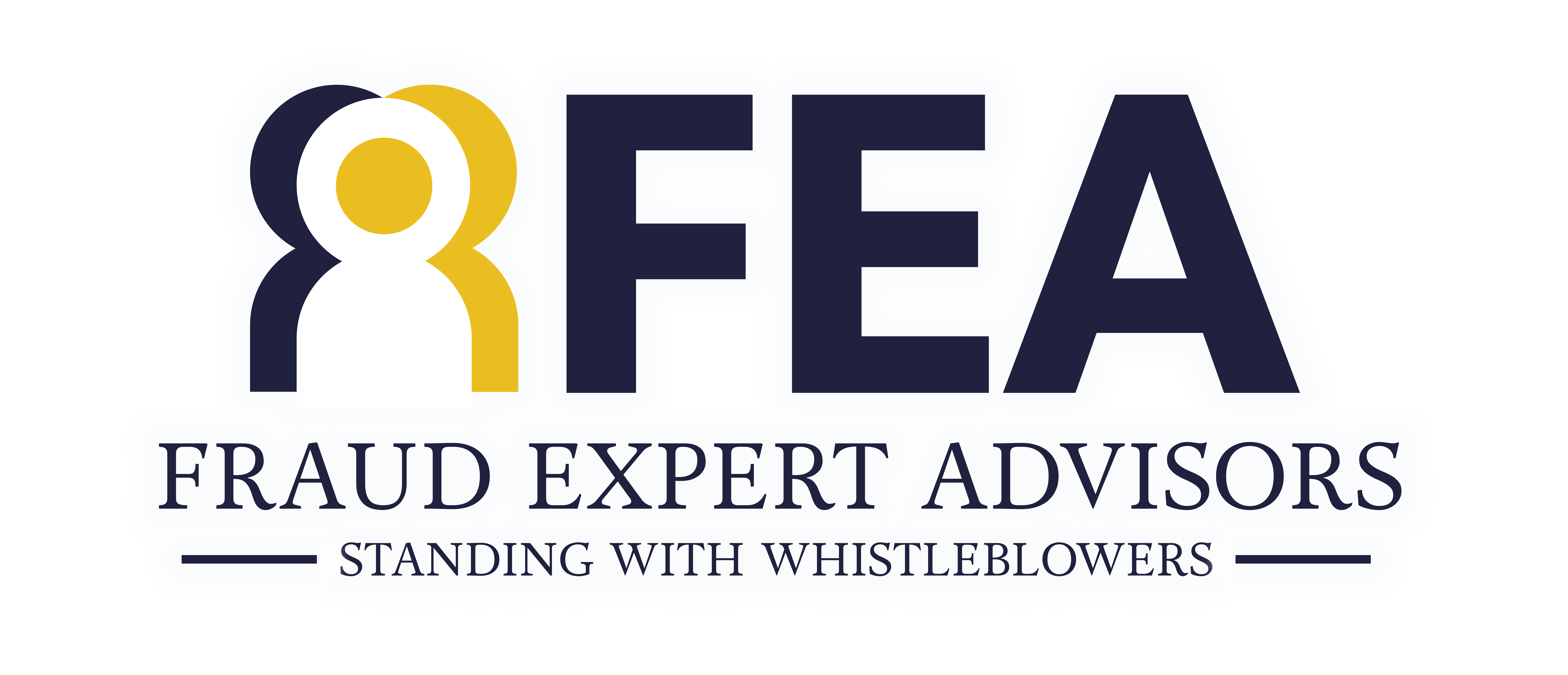
12 Mar A Timeline of Famous Whistleblowers
Ever wonder who history’s corruption fighters were? You’ve probably heard of whistleblower Edward Snowden, but did you know Benjamin Franklin was a whistleblower? History’s full of brave individuals who stood up for what they thought was right. And, here’s a timeline that celebrates them.
1773
Ben Franklin released confidential letters that showed the governor of Massachusetts misled Parliament to encourage a military buildup in the new world.
1777
Sam Saw and Rich Marven, officers in the U.S. Navy, expose the torture of British prisoners of war under the Continental Navy’s Commander in Chief.
1778
Ok, there might not be a famous whistleblower this year. But, there’s something better. The U.S. enacts the first whistleblower protection law!
1906
Upton Sinclair writes The Jungle and exposes what conditions were like in the Chicago slaughterhouses.
1962
Rachel Carson exposes the effects that DDT chemicals have on animals and people.
1966
James Boyd and Marjorie Carpenter leak documents from Senator Dodd’s office showing he failed to report over $200,000 of campaign money. Turns out Dodd had used the money for personal expenses. The actions of Boyd and Carpenter caused Dodd to lose his Senate seat in the following election.
1968
Ernest Fitzgerald reported Lockheed’s C-5 aircraft program had a $2.3 billion cost overrun. President Nixon asked for Fitzgerald’s firing.
1970
Police officer, Frank Serpico reports corruption to his superiors in the police department. Serpico ultimately goes to The New York Times, and the story that’s published prompts the New York City major to create a commission to investigate police corruption.
1971
Military analyst and government contractor, Daniel Ellsberg discloses what came to be known as the Pentagon Papers. Ellsberg demonstrated that a large number of government officials had lied to Congress about their intentions and actions in Vietnam.
1971
Perry Fellwock of the NSA exposes surveillance practices with the help of Ramparts magazine.
1983
Engineer Richard Parks exposes truths about the cleanup on Three Mile Island after the nuclear reactor mishap. Parks brought attention to the fact that the company hired to clean up the island was rushing and ignoring regulations. Although Parks was fired, his actions prompted the Nuclear Regulatory Commission to stop and reconfigure the cleanup effort.
1984
John Michael Gravitt exposed GE for improper billing for work on the B1 Lancer bomber. His actions helped to improve the False Claims Act and made it easier for whistleblowers to collect damages.
1990
Arnold Gundersen reported his discovery of radio
Ever wonder who history’s corruption fighters were? You’ve probably heard of whistleblower Edward Snowden, but did you know Benjamin Franklin was a whistleblower? History’s full of brave individuals who stood up for what they thought was right. And, here’s a timeline that celebrates them.
1773
Ben Franklin released confidential letters that showed the governor of Massachusetts misled Parliament to encourage a military buildup in the new world.
1777
Sam Saw and Rich Marven, officers in the U.S. Navy, expose the torture of British prisoners of war under the Continental Navy’s Commander in Chief.
1778
Ok, there might not be a famous whistleblower this year. But, there’s something better. The U.S. enacts the first whistleblower protection law!
1906
Upton Sinclair writes The Jungle and exposes what conditions were like in the Chicago slaughterhouses.
1962
Rachel Carson exposes the effects that DDT chemicals have on animals and people.
1966
James Boyd and Marjorie Carpenter leak documents from Senator Dodd’s office showing he failed to report over $200,000 of campaign money. Turns out Dodd had used the money for personal expenses. The actions of Boyd and Carpenter caused Dodd to lose his Senate seat in the following election.
1968
Ernest Fitzgerald reported Lockheed’s C-5 aircraft program had a $2.3 billion cost overrun. President Nixon asked for Fitzgerald’s firing.
1970
Police officer, Frank Serpico reports corruption to his superiors in the police department. Serpico ultimately goes to The New York Times, and the story that’s published prompts the New York City major to create a commission to investigate police corruption.
1971
Military analyst and government contractor, Daniel Ellsberg discloses what came to be known as the Pentagon Papers. Ellsberg demonstrated that a large number of government officials had lied to Congress about their intentions and actions in Vietnam.
1971
Perry Fellwock of the NSA exposes surveillance practices with the help of Ramparts magazine.
1983
Engineer Richard Parks exposes truths about the cleanup on Three Mile Island after the nuclear reactor mishap. Parks brought attention to the fact that the company hired to clean up the island was rushing and ignoring regulations. Although Parks was fired, his actions prompted the Nuclear Regulatory Commission to stop and reconfigure the cleanup effort.
1984
John Michael Gravitt exposed GE for improper billing for work on the B1 Lancer bomber. His actions helped to improve the False Claims Act and made it easier for whistleblowers to collect damages.
1990
Arnold Gundersen reported his discovery of radioactive materials in a safe at the Nuclear Energy Services firm. He believed the firm violated safety regulations.
1995
Jeffrey Wigand, a former Vice President of tobacco company Brown & Williamson admitted on 60 Minutes that the company misled its customers by not disclosing the addictive nature of cigarettes.
2000
Marsha Coleman-Adebayo reports the Environmental Protection Agency for discriminatory practices.
2004
Victoria Hampshire reports that a dog medication is responsible for killing animals.
Edward Snowden leaks classified documents revealing government surveillance programs.
Many of the actions taken by people featured in this timeline resulted in positive change. Who do you think the next whistleblower will be?
Information for this timeline was obtained from https://www.whistleblower.org/timeline-us-whistleblowers
active materials in a safe at the Nuclear Energy Services firm. He believed the firm violated safety regulations.
1995
Jeffrey Wigand, a former Vice President of tobacco company Brown & Williamson admitted on 60 Minutes that the company misled its customers by not disclosing the addictive nature of cigarettes.
2000
Marsha Coleman-Adebayo reports the Environmental Protection Agency for discriminatory practices.
2004
Victoria Hampshire reports that a dog medication is responsible for killing animals.
Edward Snowden leaks classified documents revealing government surveillance programs.
Many of the actions taken by people featured in this timeline resulted in positive change. Who do you think the next whistleblower will be?
Information for this timeline was obtained from https://www.whistleblower.org/timeline-us-whistleblowers
